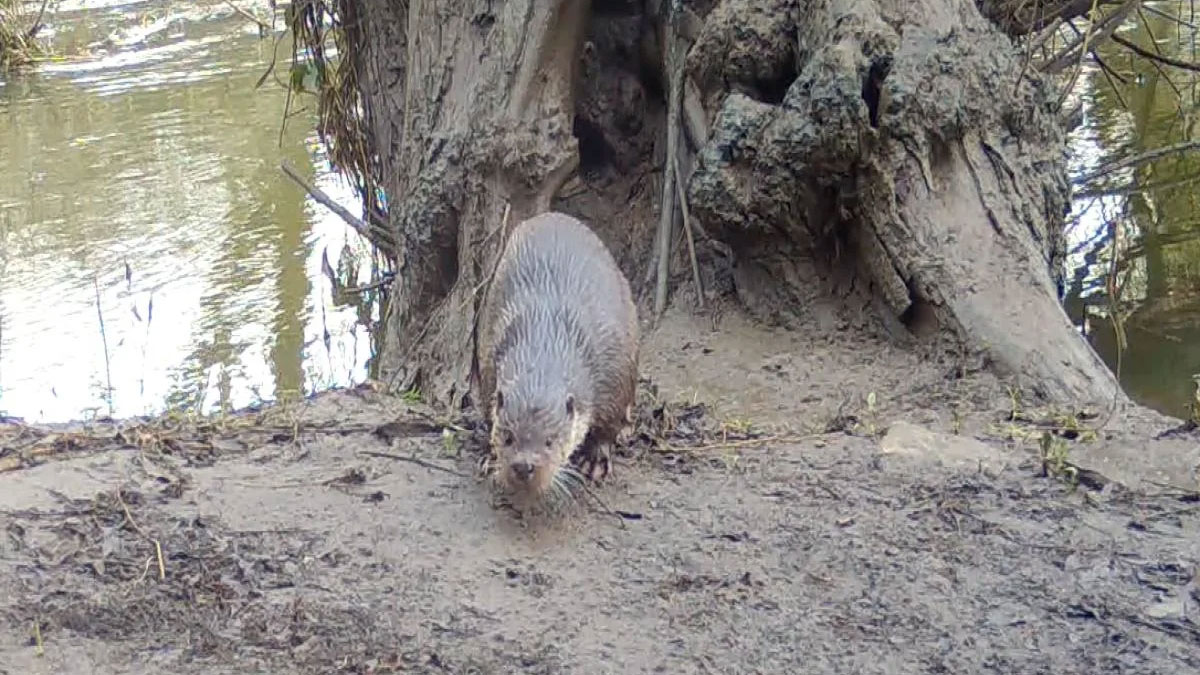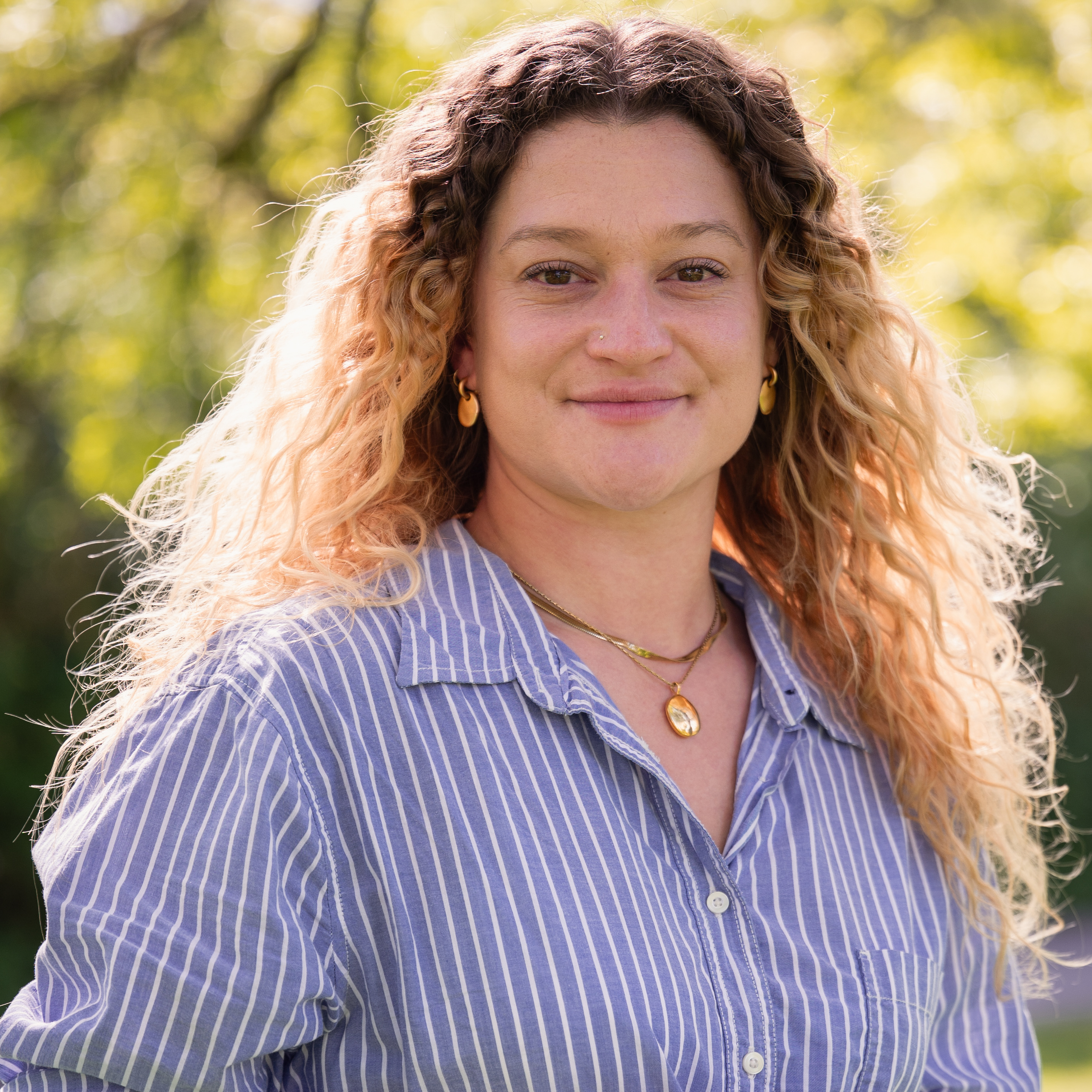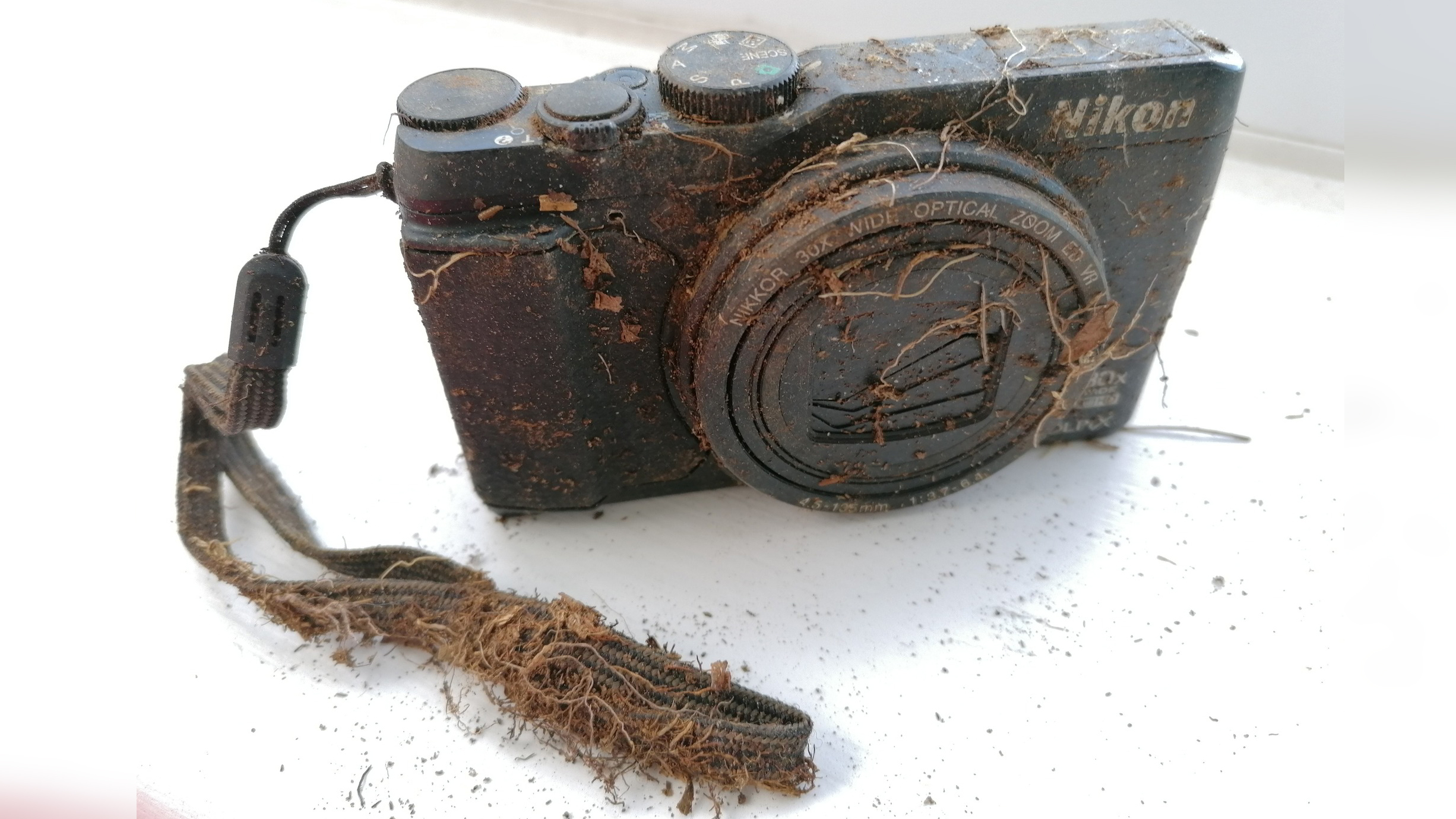Otters return to the UK! Rare mammals spotted on trail camera in Oxfordshire
Between the 1950s and the 1970s, otters suffered a catastrophic decline, disappearing from English waterways - and a trail camera has now spotted them on the River Windrush

Last month, residents of Bath, Somerset, flocked to the city center to get a glimpse of reported otters along the River Avon, and near the famous Pultney Bridge.
Now, a nature enthusiast has managed to capture sightings of the rare mammals in Oxfordshire along the River Windrush, showing hope of a resurgence of the animals in the area despite the polluted waterways.
The River Windrush winds through Witney, a known conservation area for Berkshire, Buckinghamshire, and Oxfordshire Wildlife Trust (BBOWT). The charity conducts surveys for otters along the middle and lower areas of the river every three years covering 95 sections.
Out of these 95 sections, 49 of them (51%) were found to have conclusive evidence of otters.
Lucy Stoddart, BBOWT’s Mammal Project Field Officer, said: “Otters have been doing well in the area in recent years, however sightings are rare due to their elusive nature and largely nocturnal or crepuscular habits.
Berks, Bucks & Oxon Wildlife Trust (@bbowt) 分享的帖子
A photo posted by on
“Otters are apex predators (living at the top of the aquatic food chain), and therefore their presence is an indicator of a healthy ecosystem, including enough prey. Along the River Windrush, otters seem to have a particular penchant for the American signal crayfish, helping to keep the numbers of this non-native species in check.
“Otters are highly charismatic and inquisitive animals, often appearing to play for the sheer fun of it, including sliding down banks and playing tag. If you manage to catch a glimpse of these delightful creatures you’re very lucky.”
Get the Digital Camera World Newsletter
The best camera deals, reviews, product advice, and unmissable photography news, direct to your inbox!
Camera traps have become essential tools in the conservation fight, especially when it comes to hard to reach places or elusive species.
The World Wide Fund for Nature says of the technology: “Over the last decade, millions of people around the world have become aware of the camera trap. The candid images and videos that camera traps produce have been featured in countless documentaries, are widely shared on social media, and have been the focus of hugely popular citizen science projects.
“Less well known is the fact that the camera trap has a long history that extends back more than 100 years. Over this time, they have gone from being an experimental technology, used by just a handful of people, to a commercialised technology being used by many thousands of photographers, hobbyists, hunters and biologists.”
Otters all but disappeared from English waterways between the 1950s and 1970s due to the use of endocrine-disrupting chemicals (EDCs), which interfere with mammal’s hormones. These pesticides include DDT and dieldrin, and a group of industrial chemicals known as PCBs.
“Fortunately, the banning and restriction of EDCs, in combination with other conservation legislation, localised reintroductions in the 1980s and 90s, and water quality improvements have enabled otter populations to rebound in recent years, demonstrating the importance of effective regulations,” Ms Stoddart said.
Footage captured on trail cameras has been an essential part of social media campaigns to popularize and protect otters, and helped lead to a ban of these harmful chemicals.
Feel like getting in touch with nature? Check out our guides to the best trail cameras, the best cameras for wildlife photography, and the best cheap drones.

After graduating from Cardiff University with an Master's Degree in Journalism, Media and Communications Leonie developed a love of photography after taking a year out to travel around the world.
While visiting countries such as Mongolia, Kazakhstan, Bangladesh and Ukraine with her trusty Nikon, Leonie learned how to capture the beauty of these inspiring places, and her photography has accompanied her various freelance travel features.
As well as travel photography Leonie also has a passion for wildlife photography both in the UK and abroad.
You must confirm your public display name before commenting
Please logout and then login again, you will then be prompted to enter your display name.
